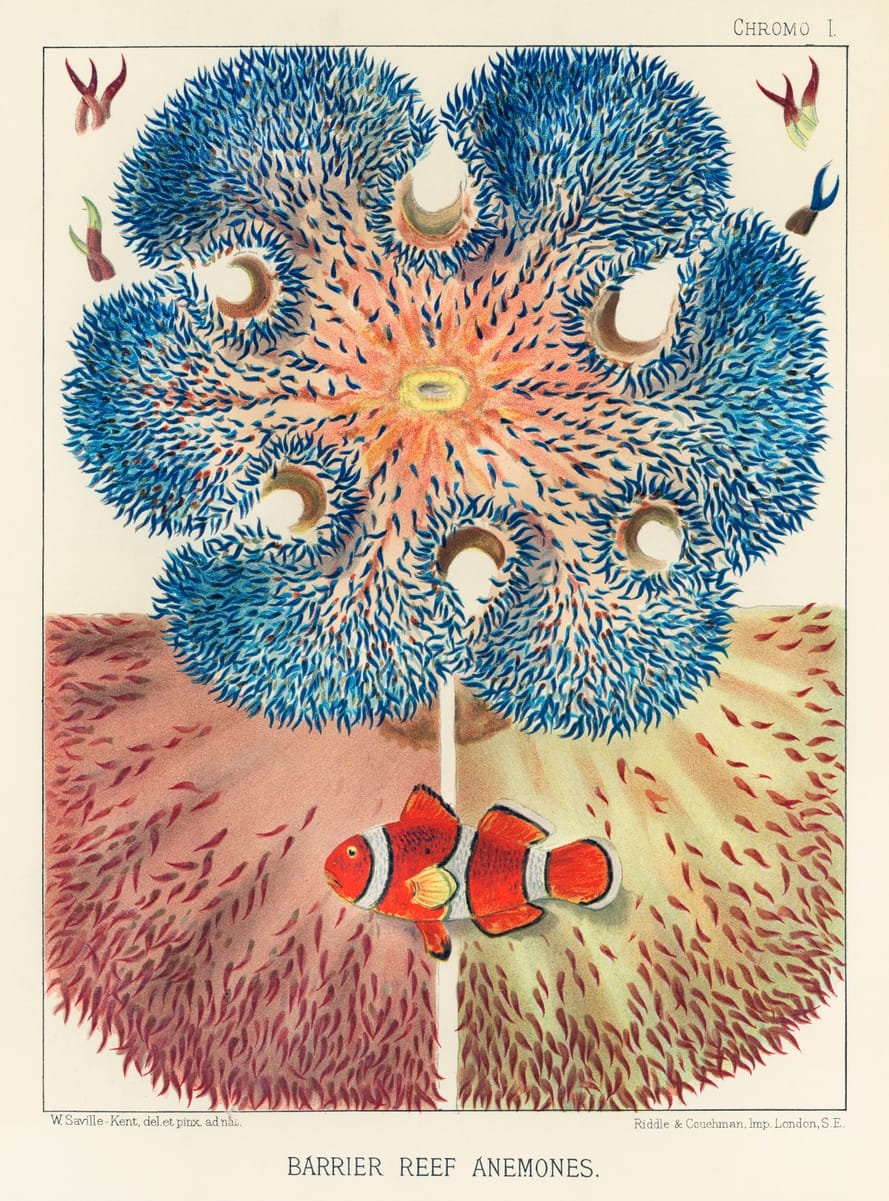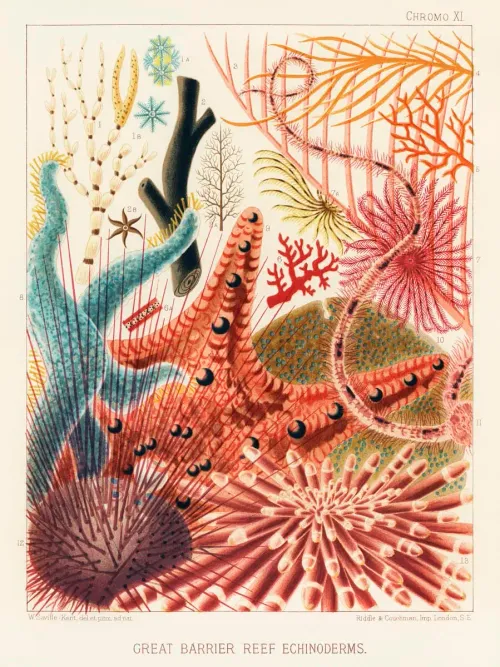Since human creation, the human heart is occupying honorable role from physical health, mental and spiritual aspects and beyond. Pharaonic Period, is dated from the 32nd century BC, when Upper and Lower Egypt were unified, until the country fell under Macedonian rule, in 332 BC. The ancient Egyptians believed that the heart, rather than the brain, was the source of human wisdom, as well as emotions, memory, the soul and the personality itself. The ancient Egyptians also did not think much of the brain. In fact, when creating a mummy, the Egyptians scooped out the brain through the nostrils and threw it away.
The human heart was a sacred body part, and its health depended on its contribution to the universal harmony. Historically, the ancient Greeks acknowledged the value of Egyptian medicine. “It was said in Greece that to have studied medicine in Egypt was the highest credential a physician could present”[1]. Scholars agree, “The role of Egyptian medicine in the development of the scientific foundations of Greek and Roman medicine is significant”[2].
The knowledge of the heart, pulse, and vessels in ancient Egypt ought not to be surprising. “To the ancient Egyptians, the heart was the centre of thought, emotion, and all other nervous function, an organ of such importance that it was thought necessary to salvation after death, and was left in the body at the time of mummification to ensure its availability at judgment and during the afterlife.
The heart was thought capable of recording all the good and evil acts performed by a human being during life”[3]. Laura M. Zucconi affirms that for ancient Egyptians, “The soul of a person was seated in the heart and during the Judgement of the Dead one’s heart was weighed against the Feather of Maat”[4].

The Role of the Heart in Cultural Traditions
In ancient Egyptian texts there are two words that are used for the heart, IB and HATY. Teodor Lekov explains that the usage of IB “implies nuances of ‘internal’, ‘hidden’, ‘invisible’, ‘inner self.” The usage of HATY, on the other hand, “means literally something like ‘(that) which is in front’, in sense of ‘outer’, ‘visible’”[5]. Lekov agrees with the proposal that “in most of the cases the heart-IB is identified with the consciousness, with the organ of thoughts and senses, while the heart-HATY more often designates the physical heart, the anatomical organ”[6]. At this point, it may appear that similar to our contemporary view of the heart; ancient Egyptians used “heart” in two ways, metaphorically and literally. When the heart-IB is used, it is a metaphor, and when the heart-HATY is used, it denotes the literal heart. However, Lekov, reveals in his article that “in many cases the two words are used as synonyms, and one can replace the other in variants of given text” [7]. Moreover, he states, “when the heart-IB is not present, the heart-HATY is lacking too,”[8] implying that there is a real, non-metaphorical, interdependence between the two modes of the heart. In addition, Lekov offers examples to show that in ancient Egyptian texts the heart-HATY, which is commonly assumed the anatomical physical organ, can and at times does leave the body, and when this occurs, “the whole complex of human perception is interrupted” [9]. The presence of the heart-HATY is necessary for the organs of perception to function because, “The heart is the center who commands the process of perception, and controls every limb in the body” [10].
The traditional Chinese medicine (TCM) is a style of traditional medicine based on more than 2,500 years of Chinese medical practice that includes various forms of herbal medicine, acupuncture, massage (tui na), exercise (qigong), and dietary therapy. According to the bible of traditional Chinese medicine, the Huangdi Nei Jing, or the Yellow Emperor’s Classic of Medicine, which is an ancient treatise on health and disease said to have been written by the famous Chinese emperor Huangdi around 2600 BC, the Heart is responsible for housing Spirit. Because TCM is a by-product of a spiritual journey by ancient masters, much of the language in this classical text is related to spiritual purpose. These ancient masters lived in a very different cultural context— free from the unique pressures, problems and distractions of life in the twenty-first century. However, it explains the Heart’s role very well. It says simply the king’s responsibility is to follow Natural Law. Its ultimate function is to be happy.
Ayurveda, the traditional Indian medicine (TIM) and traditional Chinese medicine (TCM) as a model of the most ancient yet living traditions as well as tibtian medicine are all sharing the common philosophy and believe of the heart being the centre of energy and the master of the process of body mind alignment.

The Greek Philosophers and the Heart
Hippocrates (c.460 – c.370 BC) was a Greek physician of the Age of Pericles (Classical Greece), who is considered one of the most outstanding figures in the history of medicine. Hippocrates was the first to introduce the concept of ‘physis’ and to transform hieratic or theocratic medicine into rational medicine. The overall construction of the Asclepieion on Kos clearly indicates that he and his school followed a holistic concept, combining scientific thought with drug therapy, diet schedules, and physical and mental exercise, also asking for God’s help [11]. He is often referred to as the “Father of Medicine”. He was the first known practitioner to adopt a rational method in diagnosis and therapy, which subsequently developed into the scientific method of today. It has been said that Hippocrates did for medicine what Socrates and Plato did for philosophy. According to Katz and Katz [12], the location of the intellect was an important question being debated at the time of Hippocrates. In the treatise “The Heart” (vide infra), it was said, “For man’s intelligence, the principle which rules over the rest of the soul, is situated in the left ventricle.” From his book Wounds in the Head XIX (Withington, 1927) [13], and similar references in The Sacred Disease, it is unlikely that Hippocrates considered consciousness to have resided in the heart [14,15].
In the fourth century B. C., the Greek philosopher Aristotle (384- 322 BC). He was great biologist of his era. He opened fertilized chicken eggs at various times and observed so the temporal development of the chicken and his organs.
Aristotle exploited wars and politics for scientific developments. The expedition of Alexander the Great into Asia helped Aristotle to extend his knowledge not only of the animal tribes, but also of their structure. He performed some dissection experiments that was allowed only with animals.
He identified the heart as the most important organ of the body, the first to form according to his observations of chick embryos. It was the seat of intelligence, motion, and sensation a hot, dry organ. In his treatise On the Usefulness of the Parts of the Body, written in the second century A. D., Galen1 (129 AD – 210 AD), reaffirmed common ideas about the heart as the source of the body’s innate heat and as the organ most closely related to the soul.
Author
Dr. Alabdulgader, a senior congenital cardiologist/electrophysiologist, has obtained multiple board certifications and memberships from prestigious medical schools and universities in record time (1991-1995) and established a major cardiac hospital funded by his Royal Highness Prince Sultan bin Abdulaziz.
He established the first registry of congenital heart diseases in the middle east which was followed by a nationwide registry and was credited for being the first to described a new congenital anomaly of the heart in 2005. He established a series of international conferences (King of Organs) for advanced cardiac sciences in 2006 which is the first medical conference that explores topics related to the information processing and energetic role of the heart.
Dr. Alabdulgader believes that we are at the start of a true revolution in the history of medicine, and his understanding of the broader role of the human heart in ethical, religious and social contexts has drawn major media attention. He was recently elected as a member of the scientific board of the International committee on Global Geological and Environmental Change.
Artist
Aquatic wonders in chromolithographs bursting with color digitally enhanced from our own edition of “The Great Barrier Reef of Australia” by William Saville-Kent (1893). Kent was an English Marine Biologist who was an early pioneer of sustainable fishing practices. He was also one of the first people to explore the incredible diversity of The Great Barrier Reef. In this kaleidoscopic collection, you will be able to explore the magnificence of the aquatic world in their wonderful living tints including fish, corals, sponges and more. www.rawpixel.com
References
- Boisaubin Eugene V. Cardiology in ancient Egypt. Texas Heart Institute Journal. 1988; 15: 80-85.
- Magdi M Saba, Hector O Ventura, Mohamed Saleh, et al. Ancient Egyptian Medicine and the Concept of Heart Failure. Journal of cardiac failure. 2006; 12: 416-421.
- Boisaubin Eugene V. Cardiology in ancient Egypt. Texas Heart Institute Journal. 1988; 15: 80-85.
- Zucconi Laura M. Medicine and religion in ancient Egypt. Religion Compass. 2007: 1: 26-37.
- Lekov Teodor. The Formula of the Giving of the Heart in Ancient Egyptian Texts. The Journal of Egyptological Studies. 2004.
- Ziskind B, Halioua B. La conception du coeur dans l’Egypte ancienne [Concepts of the heart in Ancient Egypt]. Med Sci (Paris). 2004; 20: 367-373.
- Ziskind B. L’examen. Cardiovasculaire a la lumière des papyrus médicaux de l’Egypte ancienne [The cardiovascular examination in the light of the medical papyruses of old Egypt]. Hist Sci Med. 2006; 40: 61-68.
- Ziskind B, Halioua B. Contribution de l’Egypte pharaonique à la médecine cardiovasculaire [Contribution of Ancient Egypt to cardiovascular medicine]. Arch Mal Coeur Vaiss. 2004; 97: 370-374.
- Saba MM, Ventura HO, Saleh M, et al. Ancient Egyptian medicine and the concept of heart failure. J Card Fail. 2006; 12: 416-421.
- Hallmann-Mikołajczak A. Papirus Ebersa. Ksiega wiedzy medycznej egipcjan z XVI w P.N.E [Ebers Papyrus. The book of medical knowledge of the 16th century B.C. Egyptians]. Arch Hist Filoz Med. 2004; 67: 5-14.
- Orfanos CE. From Hippocrates to modern medicine. J Eur Acad Dermatol Venereol. 2007; 21: 852-858.
- Katz AM, Katz PB. Diseases of the heart in the works of Hippocrates. Br Heart J. 1962; 24: 257-264.
- Withington ET. Hippocrates. Volume III. London: William Heinemann; 1927.
- Lloyd GER. Hippocratic writings. New York: Penguin; 1950.
- Tsung O. Cheng. Hippocrates an cardiology. Am Heart J. 2001; 141: 173-183
Note
This is the first part of an article first published in "Cardiology & Vacular Research". Alabdulgader A. The Ancient Wisdom at Intersection with Modern Cardiac Sciences. Cardiol Vasc Res. 2021; 5(1): 1-13. Part II you can find here.
